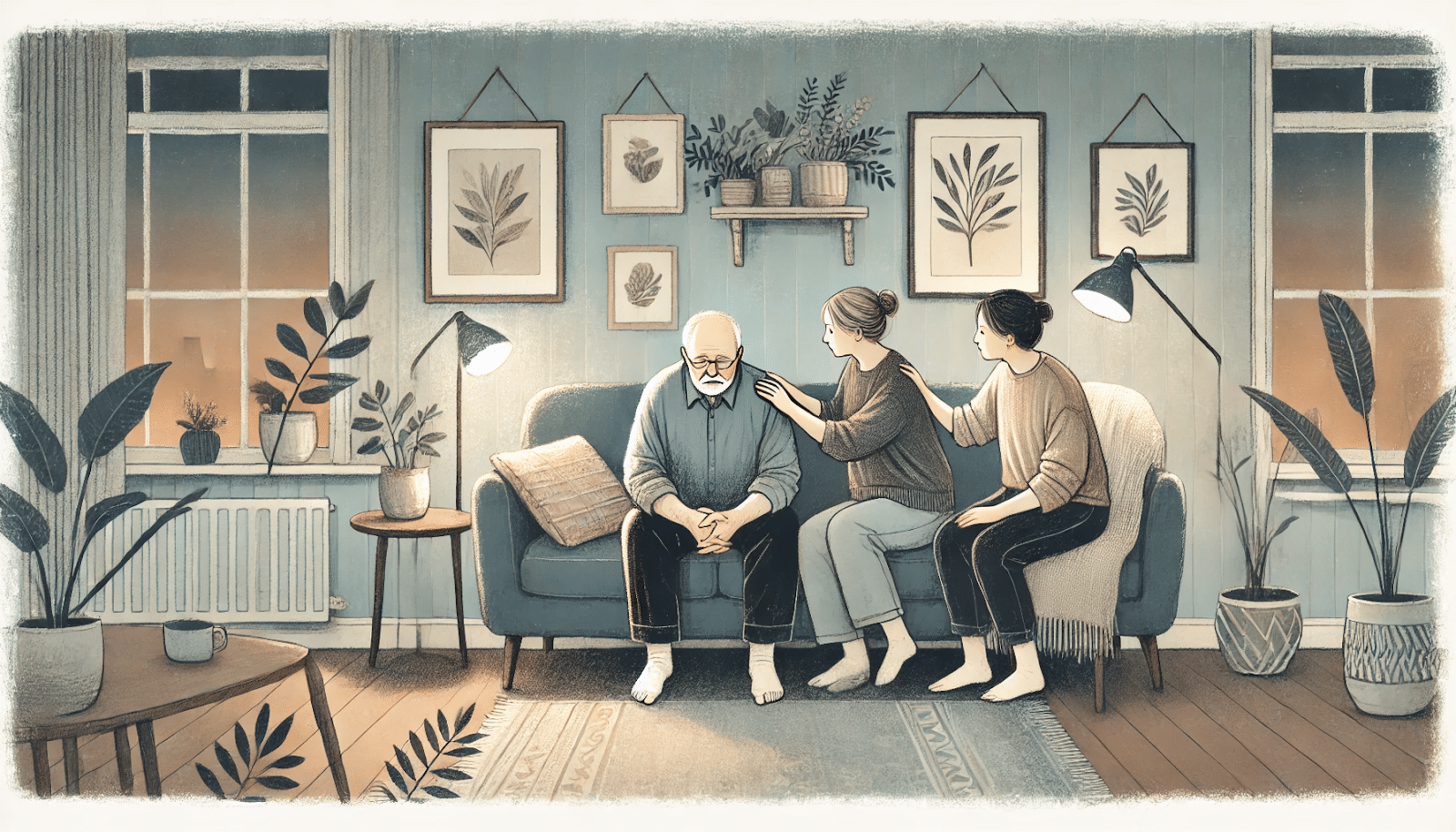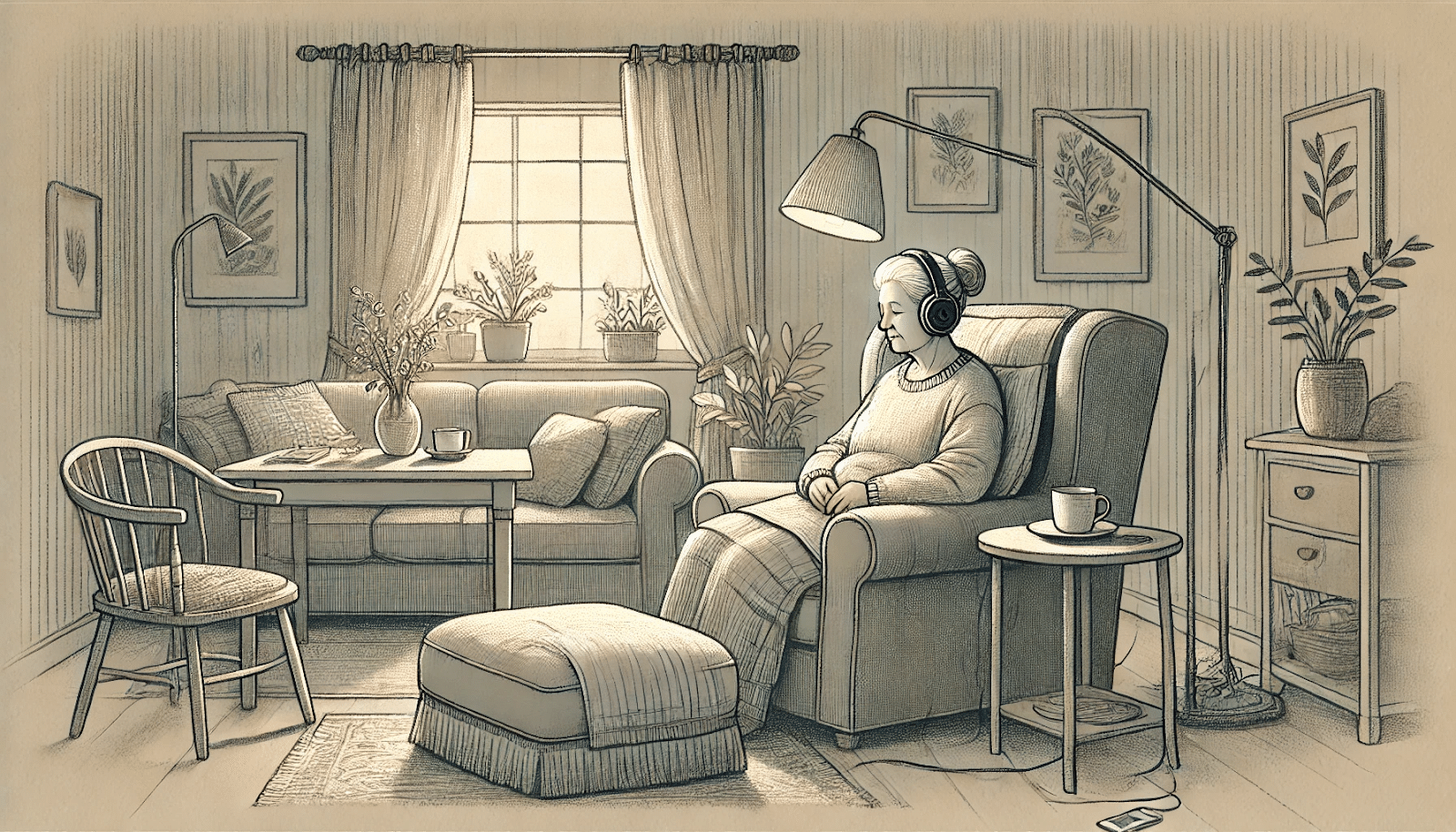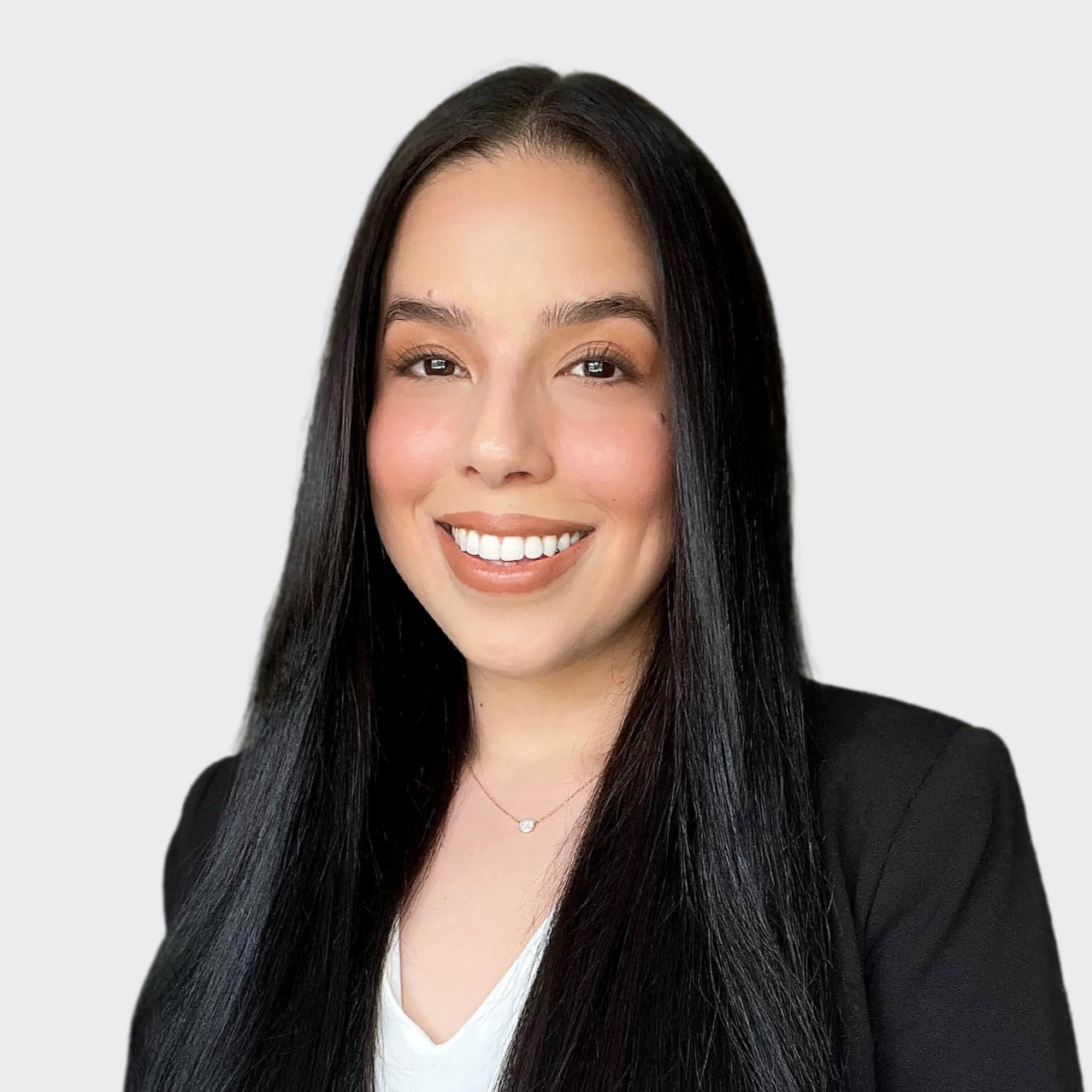Key Takeaways
- Schizoaffective disorder often begins in young adulthood, typically between ages 25 and 35.
- Symptoms can include a combination of schizophrenia and mood disorder symptoms such as hallucinations, delusions, depression, and mania.
- Schizoaffective disorder doesn’t always get worse with age. With early intervention and the right treatment, symptoms often stabilize or even improve over time.
- A Mission For Michael (AMFM) supports individuals with schizoaffective disorder through a combination of therapy, education, and medication management. Our treatment programs are designed to provide care in a safe and supportive environment.
Schizoaffective Disorder and Aging
Schizoaffective disorder is a complex mental health condition characterized by symptoms of both schizophrenia and mood disorders, such as depression or bipolar disorder. It’s a condition that often presents itself in young adulthood, between the ages of 25 and 35.
This disorder affects approximately 0.3% of the population, which translates to about 3 in every 1,000 people. Notably, it occurs more frequently in women than in men.
As with many chronic mental health disorders, the progression of symptoms and the impact on an individual’s life can vary significantly from person to person.
| A Mission For Michael: Expert Mental Health Care Founded in 2010, A Mission For Michael (AMFM) offers specialized mental health care across Southern California, Minnesota, and Virginia. Our accredited facilities provide residential and outpatient programs, utilizing evidence-based therapies such as CBT, DBT, and EMDR. Our dedicated team of licensed professionals ensures every client receives the best care possible, supported by accreditations from The Joint Commission and the California Department of Health Care Services. We are committed to safety and personalized treatment plans. Start your recovery journey with AMFM today! |
Initial Onset and Symptoms
Impact of Aging on Symptoms
As individuals with schizoaffective disorder age, the impact of the disorder on their lives can change. Some may find that certain symptoms become more manageable over time, especially with consistent treatment and support. However, others may experience a worsening of symptoms or the emergence of new challenges as they grow older.
One significant factor in the progression of schizoaffective disorder with age is the aging process itself. Aging can affect how well individuals manage the disorder, as it may influence cognitive function, physical health, and the body’s response to medication.
Early vs. Late Onset
Early onset typically occurs in young adulthood, but some individuals may experience a later onset of symptoms. Late onset can be challenging since individuals may already have established careers, relationships, and responsibilities that can be affected by the disorder.
Quality of Life Concerns
Quality of life is a main consideration for individuals living with schizoaffective disorder, especially as they age. The disorder can impact various aspects of life, including social interactions, employment, and daily functioning.
Managing Schizoaffective Disorder Over Time
Support Systems
Family and friends are often the first line of support – they can be actively involved in the individual’s treatment plan and provide companionship and motivation during difficult times. This is critical since the affected individual must have a strong network of support to enhance their quality of life.

Friends and family serve as a familiar and safe anchor, offering support and stability when someone feels overwhelmed or loses their sense of direction due to schizoaffective disorder.
Lifestyle Modifications
Living with schizoaffective disorder often requires making certain lifestyle modifications to help manage symptoms and improve overall well-being.
Maintaining a healthy lifestyle is essential—this means eating a balanced diet, staying active, and getting enough sleep. These habits can boost both mental and physical well-being, helping to stabilize mood and lower stress.
Community Resources and Programs
Access to community resources and programs can greatly benefit those living with schizoaffective disorder. Some of them are:
- Therapy groups provide a safe space for individuals to share experiences and coping strategies.
- Educational workshops can offer valuable information about managing the disorder.
- Social activities help foster connections and reduce feelings of isolation.
Developing Coping Strategies
These strategies can include mindfulness practices, relaxation techniques, and creative outlets such as art or music therapy. Engaging in these activities can help reduce stress, improve mood, and provide a sense of control over one’s mental health.

Music therapy is a great way to keep the mind engaged as it helps promote calm and relaxation.
Importance of Routine & Structure
Routines provide a sense of stability and predictability, which can help manage symptoms and reduce anxiety. Create a schedule that includes time for self-care, hobbies, and social interactions.
Embrace Aging
Prioritize self-care, maintain social connections, and seek out opportunities for personal growth and development. Focusing on these aspects of life allows individuals to enhance their well-being and work towards achieving their personal goals and aspirations.
Ongoing Mental Health Care
Ongoing care for individuals with schizoaffective disorder, ensures that symptoms are managed effectively and any changes in the disorder are addressed promptly. Regular check-ins with mental health professionals allow for adjustments to treatment plans and medication as needed.
Get Schizoaffective Disorder Treatment at AMFM
At A Mission From Michael (AMFM), we understand the complexities of living with schizoaffective disorder and are committed to providing comprehensive care that addresses both the psychological and physical aspects of this challenging condition.
Our integrated approach combines a wide range of evidence-based therapies like Cognitive Behavioral Therapy (CBT) with holistic approaches and psychotropic medications. Most important, we design this entire treatment program based on each individual’s unique mental health needs.
“We see the person behind the diagnosis. Here, you’re not a patient with a condition to cure, you’re a human with a life worth rebuilding.”
We also recognize that effective treatment extends beyond managing symptoms—it encompasses proper physical activity, balanced nutrition, and adequate rest. That’s why our team of certified and experienced specialists works collaboratively to create holistic treatment plans that nurture the mind, body, and spirit.

Our aim is to establish a foundation for lasting recovery and improved quality of life – all done from home-like serene facilities throughout California, Virginia, and Washington.
Frequently Asked Questions (FAQ)
Does schizoaffective disorder always worsen with age?
Schizoaffective disorder does not necessarily worsen with age. While some individuals may experience changes in symptoms as they age, others may find that symptoms become more manageable over time.
What are the most effective treatments for aging individuals with schizoaffective disorder?
The most effective treatments for aging individuals with schizoaffective disorder often involve a combination of medication, therapy, and lifestyle modifications.
How can family support impact schizoaffective disorder management in older adults?
Family members can provide emotional support, help with daily tasks, and encourage the older adults living with schizoaffective disorder to adhere to treatment plans.
Are there specific therapies that benefit the elderly with schizoaffective disorder?
Certain therapies like Cognitive Behavioral Therapy (CBT) can help individuals develop coping strategies and challenge negative thought patterns.
How can AMFM assist in managing schizoaffective disorder as one ages?
A Mission For Michael (AMFM) offers a range of services like medication management, therapy, and access to community resources to support individuals with schizoaffective disorder as they age.












